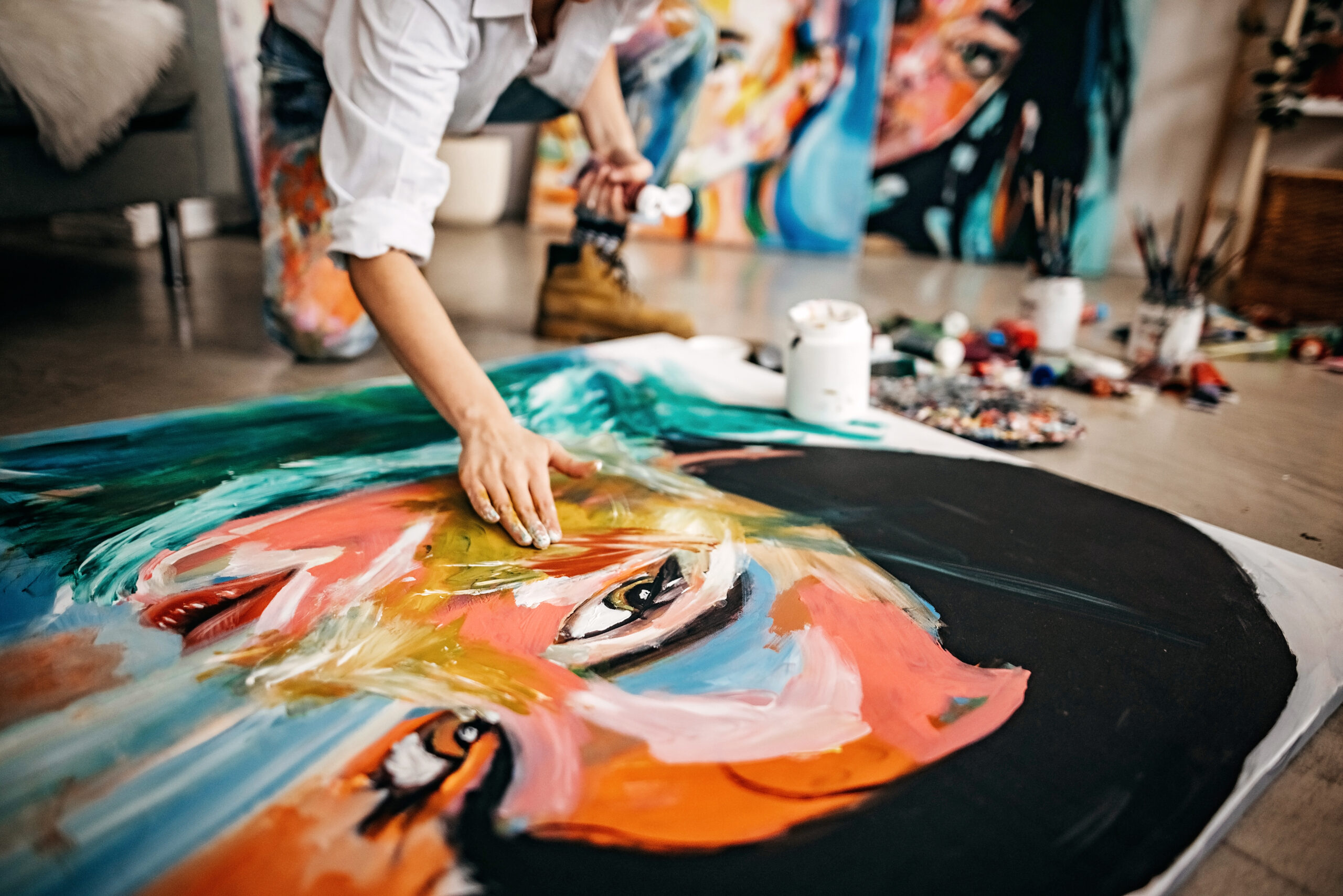By: Geneva Bass
The advent of the novel coronavirus initially paralyzed the global art market. The first half of 2020 saw fine-art auction sales crumble over 50% and the contemporary art market lose 36%, both scraping record lows.
However, the global art market and the auction scene’s swift market orientation paired with a low-interest-rate environment, inflationary monetary policy, and consolidation of wealth quickly fueled a historic rebound for the largest unregulated financial space in the world, the art market, despite the global economy’s continued Covid-induced distress.
The global art market’s nimble adoption of online auctioning proved critical. 2020 heralded a dramatic ascent in online auctioning’s popularity; insurance group Hiscox and art research firm ArtTactic reported a 524% increase in online auction sales globally from 2019 to 2020. Barron’s reported that 2020 alone marked an unprecedented $1.05 billion in global online-only art sales. Online auctioning has allowed auction houses to reach younger, broader audiences with unprecedented success. Many auction houses have already declared online auctions a future mainstay of the auction scene.
During the New York two-week sale series ending November 19th, 2021, top auction houses sold an astounding $2.3 billion of art. Several auction houses including Sotheby’s and Christie’s even had remarkable instances when every lot had been sold. Sales ranged from Banksys and Van Goghs to a rare, first-edition copy of the U.S. constitution. The series also heralded cryptocurrency’s official entrance into elite auction houses, lending credibility to the digital art space. Several bids were placed in the cryptocurrency ether for Banksy works, and non-fungible token (NFT) digital artists entered the scene with viral, live-streamed sales.
In the single two-week period, records were shattered not only for auction houses but also for artists. Sotheby’s and Phillips’ both surpassed their highest value sales in history, with lots worth $676 and $138 million respectively. Frida Kahlo became the most expensive Latin American artist, outstripping not only her previous record but also her husband Diego Rivera’s with a $34.9 million Sotheby’s sale. The “NFT-powered” sculpture “HUMAN ONE” by Beeple, the artist credited with the birth of NFT popularity, was auctioned by Christie’s for $29 million at nearly double its $15 million estimates. Art data and analytics firm Pi-eX reports that Fall 2021 New York art sales made history with over $2.6 billion in sales.
Van Gogh experienced a particular surge in popularity, partially attributed to the proliferation of immersive Van Gogh digital experiences. However, younger and lesser-known artists such as Lisa Brice and Nicholas Party also gained momentum. Asian collectors and the arrival of NFTs drove sky-high contemporary art sales, propelling the contemporary art market to a record-breaking $2.7 billion between June 2020 and June 2021.
“Art market sentiment is sky-high at the moment,” head of specialty segments at Bank of America Evan Beard told CNBC, “driven by low interest rates, stock market wealth effect, inflationary monetary policy, and new crypto wealth that needs to be parked somewhere.”
Ranks of high-net-worth individuals have swelled during the pandemic, and the heights of stay-at-home orders coupled with the rise of digital art attracted a new generation of young collectors. Over one-fourth of Christie’s 2021 global clientele is Millennial, an increase of 15% since 2019. Over one-third of Christie’s 2021 Chinese clientele is Millenial. Christie’s CEO Guillaume Cerutti reports that the auction house’s average bidder is now 46, two years junior their 48-year-old pre-pandemic average bidder. Sotheby’s chairman and managing director Mari-Claudia Jiménez reports nearly one-third of its clientele is younger than 40.
The pandemic marked significant market orientation of the art scene towards pandemic escapism, changing tastes, Asia, and a younger demographic.
Pandemic escapism was rampant in collector taste. Surrealism regained momentum, and digital art rocketed to new heights. The recent art market rebound was driven highly by contemporary art. Contemporary art’s explosion in popularity has been largely attributed to the advent of NFTs, the mainstream of online auctioning, and the appeal to younger first-time collectors.
NFTs accounted for about 33% of global online auction sales and 2% of the overall global art market in the year between June 2020 and June 2021. The digital artist Beeple became the second-highest-selling contemporary artist at auction for his 2021 NFT Everydays—The First 5000 Days. The first three quarters of 2021 saw NFT sales top $3.5 billion and collector appetite shift from single-artist NFTs to code-generated art.
The red-hot Asian art market led the global art market’s resurgence, with Hong Kong now a close second to New York City as the contemporary art capital of the world. Global art market sales between June 2020 and June 2021 were 40% Chinese, 30% American, and 16% British. Sculpture sales remained depressed, perhaps due in part to the pandemic-era retreat from tactile experiences.
The Covid-19 pandemic’s impact on the art market and global art scene is beyond the transient undulations of trend. The art scene’s pandemic-era market orientation aligns it to cater to the newest generations of international collectors in an increasingly digital world.




